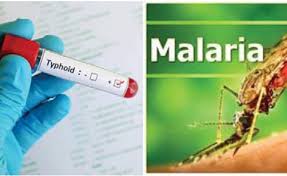
Malaria continues to pose a major public health challenge in Nigeria, with over 24 million cases reported between January and September 2025, the Ministry of Health and Social Welfare has disclosed.
According to the 2025 National Health Statistics Report, 10,517,416 individuals were tested for malaria between January and March, with 7,301,279 confirmed positive. In the second quarter, 11,449,804 people were tested, resulting in 7,841,483 positive cases. Between July and September, 12,878,508 individuals were tested, with 9,324,470 confirmed positive, bringing the cumulative total for the nine months to 24,467,232 cases.
Malaria cases rise seasonally, peaking during the rainy season when mosquito breeding is at its highest. Treatment data shows a similar upward trend, with 7,144,538 people receiving Artemisinin-based Combination Therapy (ACT) in the first quarter, increasing to 7,663,106 in the second, and 9,043,786 in the third quarter. Overall, 23,851,430 patients received ACT therapy during the period.
Minister of State for Health and Social Welfare, Iziaq Salako, said during the 2025 Joint Annual Review in Abuja that the National Malaria Eradication Programme has made progress, but challenges such as delayed treatment-seeking and gaps in healthcare infrastructure continue to drive the high malaria burden. The report stresses the need for sustained public health measures and community engagement to curb the disease.
Meanwhile, global efforts to combat malaria and other infectious diseases received a boost, though funding fell short of expectations. World leaders pledged $11.34 billion at the Global Fund’s Eighth Replenishment Summit in Johannesburg to support the fight against AIDS, tuberculosis, and malaria, short of the $18 billion target for 2027–2029.
Executive Director of the Global Fund, Peter Sands, noted the funding gap and urged a strategic approach to global health financing. “Money will be tight, so we must be smarter”, he said, adding that countries should move toward self-reliance while cautioning that abrupt transitions could undermine ongoing programmes.
The Fund plans to reduce operating costs by 20 percent in 2026 in response to the shortfall.



